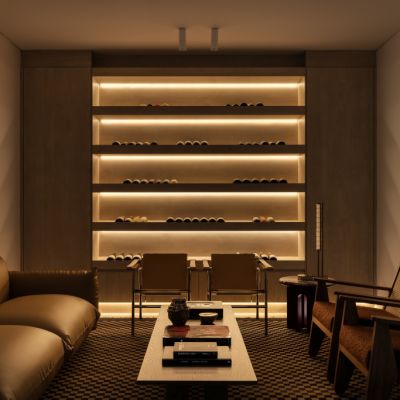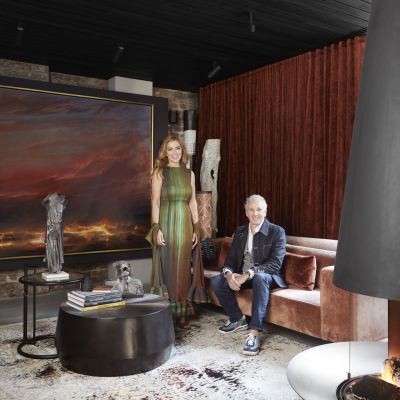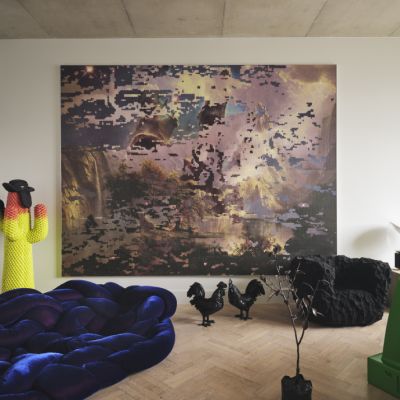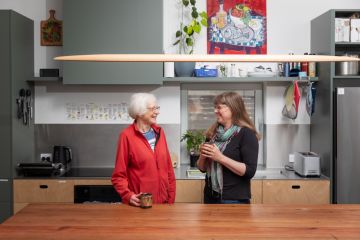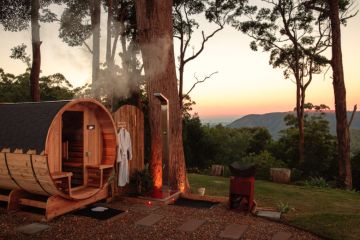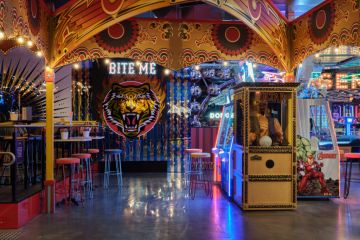Ramesh Mario Nithiyendran: Innovative Sydney sculptor blending heritage, mythology, and modern art
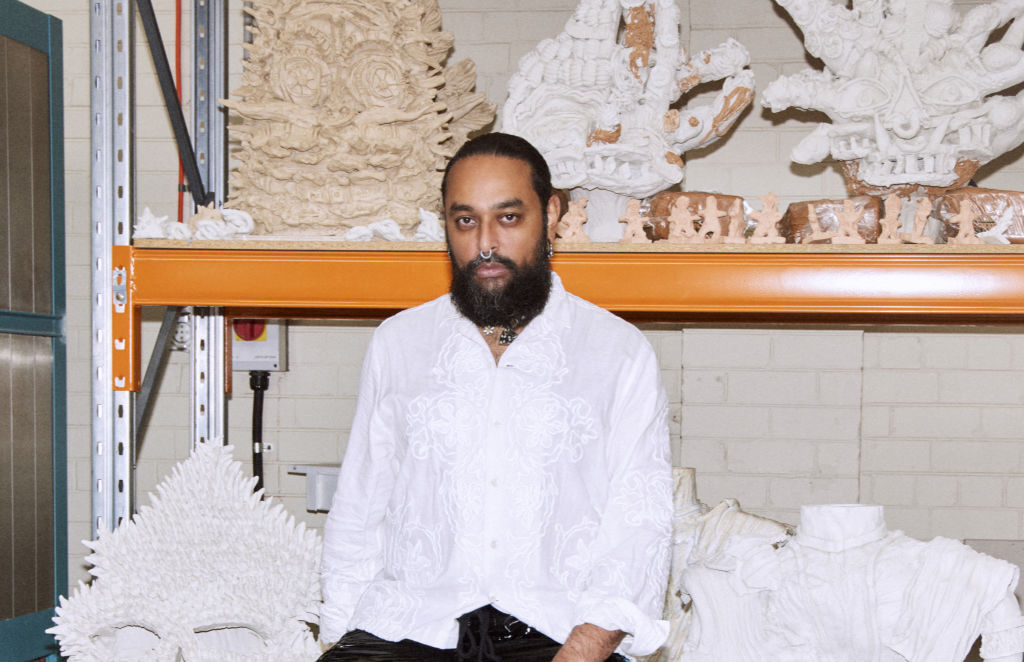
Like most of us, Ramesh Mario Nithiyendran’s earliest memories of making art involve drawing on paper with pens and textas as a kid. “I often buried myself in a lot of artwork,” the Sydney-based sculptor says. “But coming from a migrant background, I didn’t have people in creative industries within my extended family, and I never really understood that an artist was an attainable career.”
Nearly a decade into his practice, Nithiyendran’s CV is nothing short of impressive, reaching a level of global success that most can only hope for in such a short time. His genre-defying ceramic and bronze figurative sculptures have been exhibited at Frieze in London, Art Basel in Hong Kong, Vivid Sydney and leading galleries across the world. In 2022, he also published his first monograph, Ramesh, with Thames & Hudson – a striking red coffee-table book featuring more than 500 works.
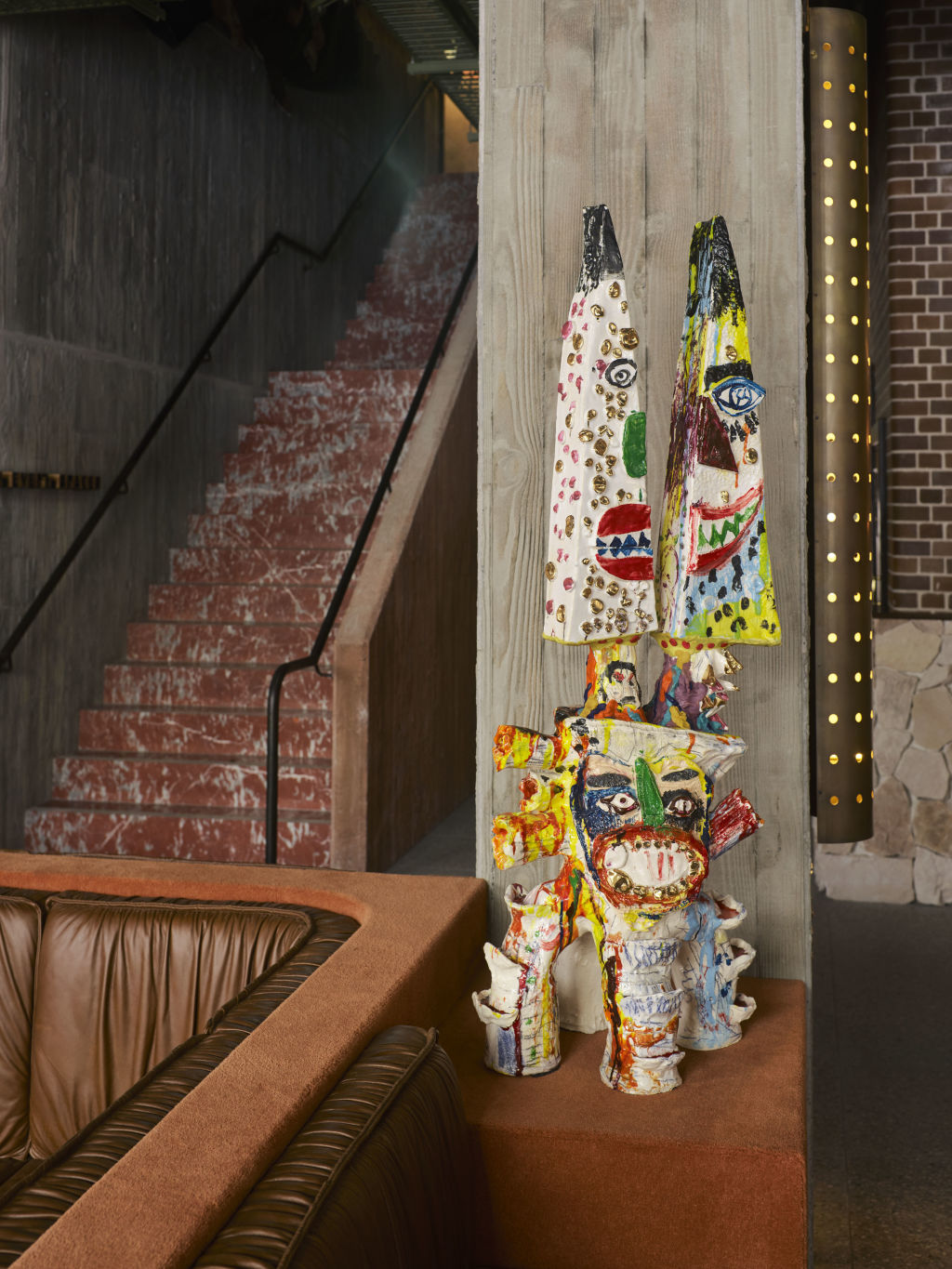
Nithiyendran’s pieces are instantly recognisable – quirky, imaginative figures often with multiple heads and limbs, garish smiles and otherwordly, creature-like attributes. They’re linked to, but not defined by, his Sri Lankan heritage, referencing rich cultural representations of idols, religious symbols, totems, mythology and other South Asian vernacular.
“I’m interested in themes around cross-cultural contact, idolatry, gender politics and religion,” he says. “All of these interweaving social happenings that influence how we perceive and have perceived sculptures of the human form over time.”
It’s a curiosity that Nithiyendran links back to his childhood. “I remember wanting to watch Disney movies and animation and CGI [all the time],” he says. “It shows me that I was always interested in imaginative representations of the human form.”
On a technical level, his sculptures – some highly detailed and ornate while others are seemingly formless – often start with hand moulding clay before firing and layering it with colour. For his bronze pieces, Nithiyendran works with a Melbourne foundry using an ancient lost-wax process that originated in South Asia. The result is forms that have both a sense of foreignness and familiarity to them.
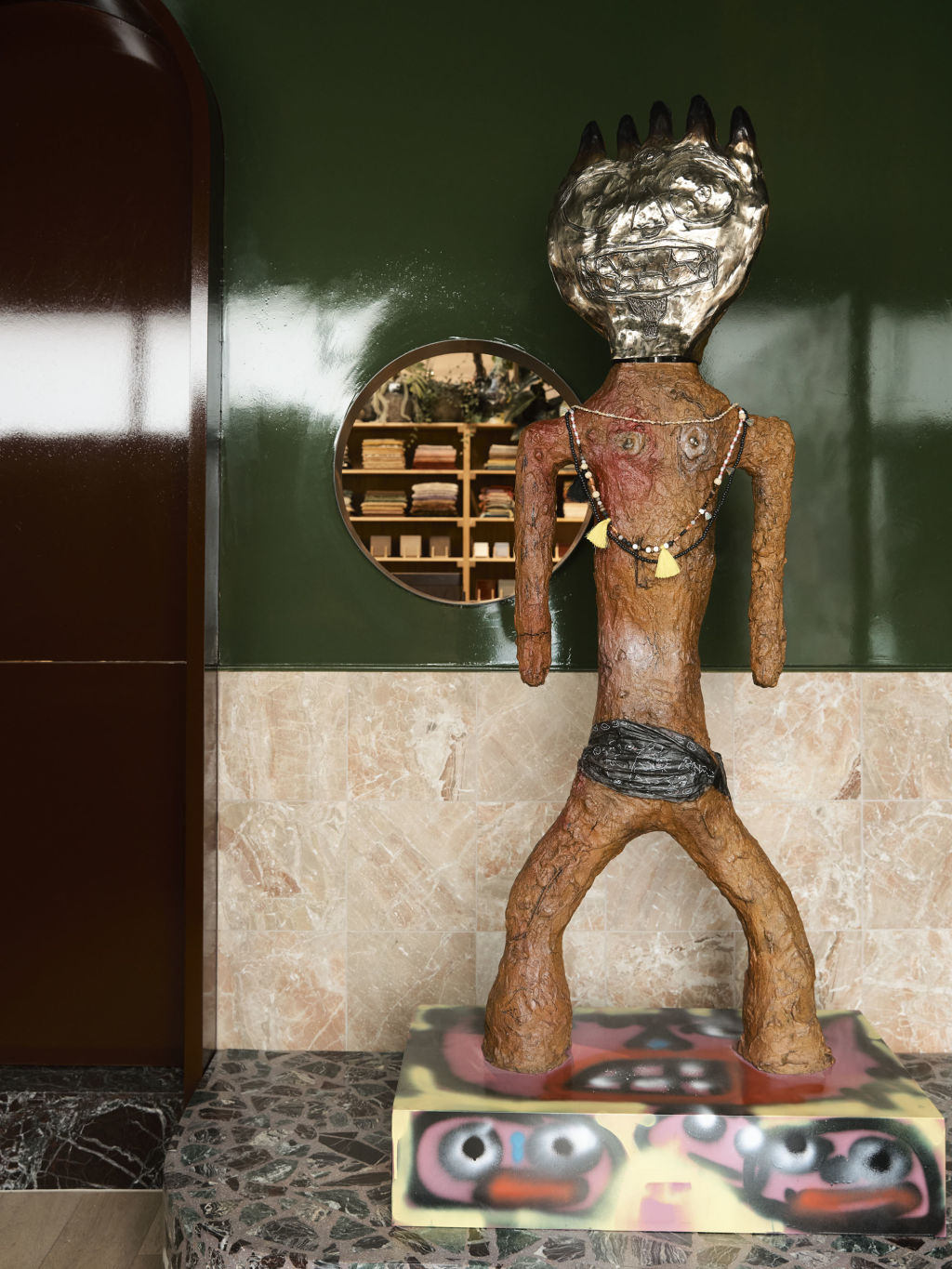
For his most recent solo show in Australia, The Self Portrait and the Masks at Sullivan and Strumpf, the contemporary artist cast his own face onto a sculpted being. It’s something he’s continuing to explore in an upcoming show in Mumbai, this time using 3D printing and scans of his body.
Outside the settings of galleries and his Sydney studio, Nithiyendran finds it “interesting to see how people live with the work”. In residential settings they’re often placed in entrances, under staircases, on a plinth or pile of books and even in clients’ bathrooms, he says.
One 1.8-metre bronze sculpture sits in the entranceway of a home in Mulara. “When you open the door, it’s the first kind of greeting – [a] guardian figure – that you will see,” he says.
Regular collectors include British actor Russell Tovey, pop star Troye Sivan, Australian chef Shannon Bennett (who’s placed a work outdoors at his Byron Bay home) and interior designers David Flack and Yasmine Ghoniem, just to name a few.
Still, Nithiyendran prefers not to dwell on his past accomplishments. “I’m quite unsentimental in that I’m always looking to the future, which is ironic because a lot of the work that I make is looking deeply into the context of an ancient past.”
We recommend
We thought you might like
States
Capital Cities
Capital Cities - Rentals
Popular Areas
Allhomes
More
